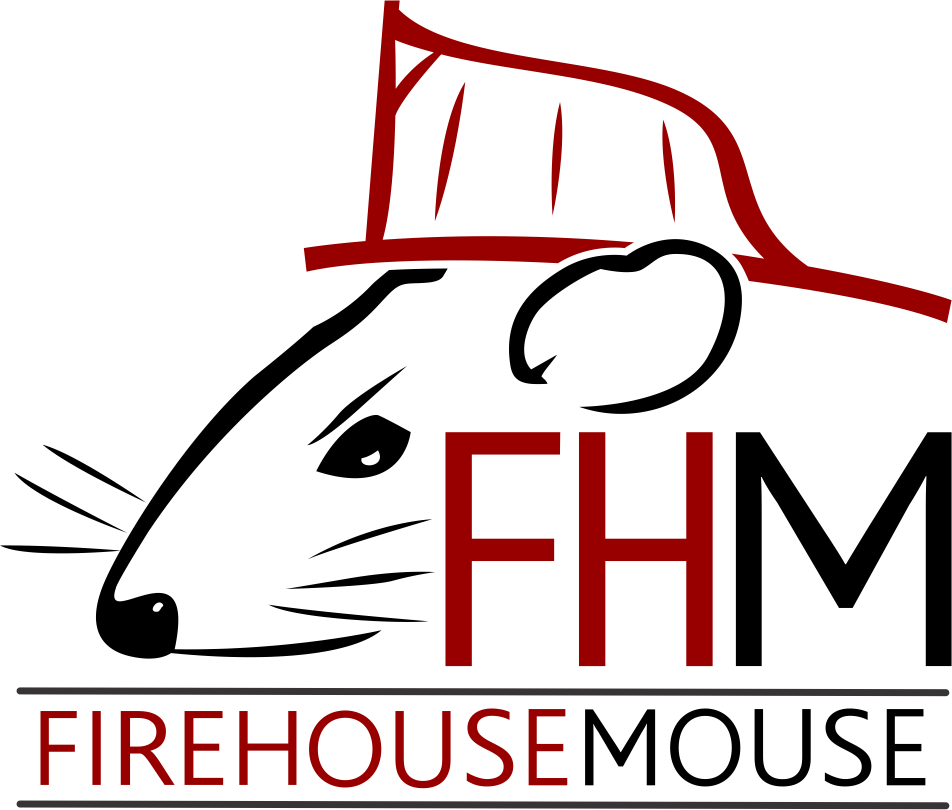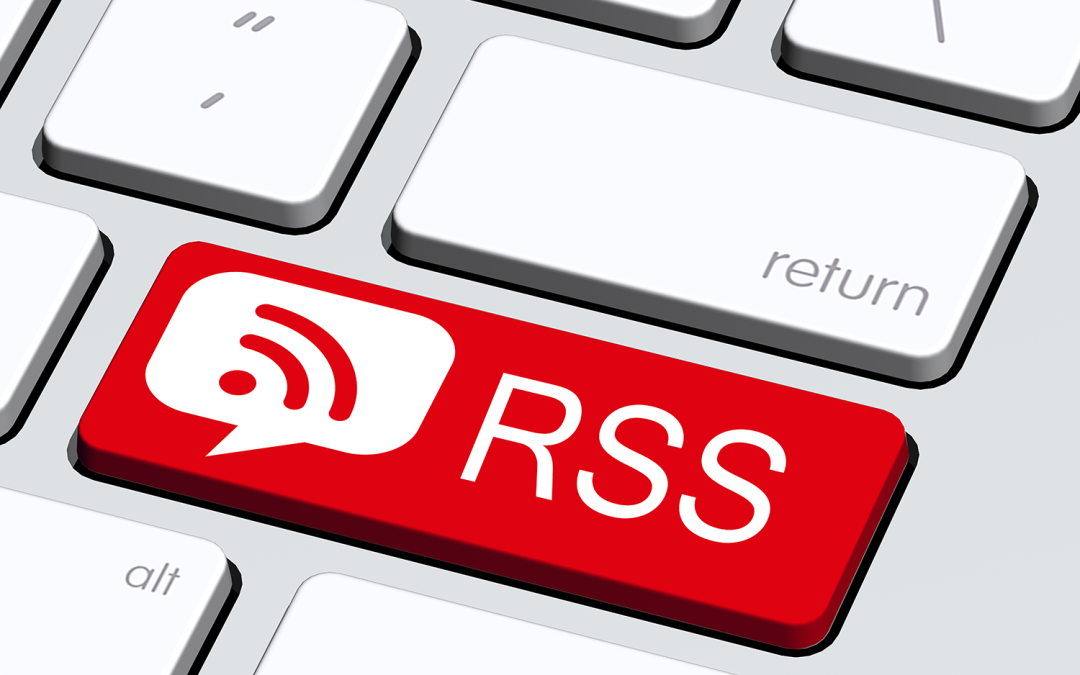Really Simple Syndication (RSS) is a standard format for distributing and sharing content on the web, such as blog posts, news articles, or podcasts. It provides a way for websites to publish their content in a standardized format, making it easy for users to subscribe to and stay up to date with their favorite websites.
In this article, we’ll discuss the basics of RSS and how to generate an RSS feed using PHP.
What is RSS?
RSS is an XML-based format that was created to simplify the process of distributing and subscribing to content on the web. It allows users to subscribe to a feed from a website, and their feed reader will automatically fetch the latest content and display it in an organized manner.
The basic structure of an RSS feed consists of metadata about the feed and the items within it, such as the title, description, and publication date. The items in an RSS feed can be anything from blog posts to podcast episodes.
Why Use RSS?
There are several reasons why you might want to use RSS for your website:
Easy Content Distribution: RSS makes it easy for your content to be distributed to a large audience quickly and easily.
Increased Reach: By providing an RSS feed, you can reach a wider audience who may not have otherwise discovered your content.
Increased Traffic: Subscribers to your RSS feed are more likely to visit your website and interact with your content.
Increased Engagement: By providing a way for users to stay up to date with your content, you can increase engagement with your audience.
Creating an RSS Feed
Creating an RSS feed is a straightforward process. Here’s a basic example of what an RSS feed looks like:
XML
<?xml version="1.0" encoding="UTF-8" ?> <rss version="2.0"> <channel> <title>My Website</title> <description>A website about technology and programming</description> <link>https://www.firehousemouse.com/blog</link> <item> <title>How to Create an RSS Feed with PHP</title> <description>In this article, we'll discuss the basics of RSS and how to generate an RSS feed using PHP.</description> <link>https://www.firehousemouse.com/blog/create-rss-feed-with-php</link> <pubDate>Mon, 14 Feb 2023 00:00:00 GMT</pubDate> </item> </channel> </rss>
In this example, we start by defining the XML version and encoding of the document. Then, we create the <rss> element, which serves as the root element of the feed. Within the <rss> element, we have the <channel> element, which contains the metadata about the feed.
The <channel> element contains several elements, including <title>, <description>, <link>, and <item>. The <title> and <description> elements define the title and description of the feed, while the <link> element provides a link to the website associated with the feed.
The <item> element contains the individual items within the feed, such as blog posts or podcast episodes. In this example, we have a single item, with a title, description, link, and publication date.
Creating an RSS Feed using PHP:
Using the RSS feed example above, you can generate this RSS feed using PHP:
PHP
<?php header("Content-Type: application/xml; charset=UTF-8"); echo '<?xml version="1.0" encoding="UTF-8"?>'; ?> <rss version="2.0"> <channel> <title>My Blog</title> <description>A blog about technology and programming</description> <link>https://www.firehousemouse.com/blog</link> <lastBuildDate><?= date('D, d M Y H:i:s T'); ?></lastBuildDate> <?php $items = array( array( 'title' => 'How to Create an RSS Feed with PHP', 'description' => 'In this article, we\'ll discuss the basics of RSS and how to generate an RSS feed using PHP.', 'link' => 'https://www.firehousemouse.com/blog/create-rss-feed-with-php', 'pubDate' => 'Mon, 14 Feb 2023 00:00:00 GMT' ), array( 'title' => 'The Benefits of Using RSS', 'description' => 'In this article, we\'ll discuss the benefits of using RSS for your website, including increased reach, traffic, and engagement with your audience.', 'link' => 'https://www.firehousemouse.com/blog/benefits-of-using-rss', 'pubDate' => 'Tue, 15 Feb 2023 00:00:00 GMT' ), ); foreach($items as $item) { ?> <item> <title><?= $item['title']; ?></title> <description><?= $item['description']; ?></description> <link><?= $item['link']; ?></link> <pubDate><?= $item['pubDate']; ?></pubDate> </item> <?php } ?> </channel> </rss>
In this example, we start by defining the content type and encoding of the document using the header function. Then, we echo the XML declaration to specify the version and encoding of the document.
Next, we define the metadata for the feed, including the title, description, and link of the feed, as well as the last build date.
We then create an array of items to be included in the feed, each with its own title, description, link, and publication date. Using a foreach loop, we iterate over the items in the array and generate the <item> elements for each one.
This is a more complete example of how to generate an RSS feed using PHP, and should give you a good starting point for creating your own feed.
I conclusion, in this article, we’ve discussed the basics of RSS and how to generate an RSS feed using PHP. RSS is a great way to distribute and share content on the web, and provides a number of benefits, such as increased reach, traffic, and engagement with your audience. By creating an RSS feed for your website, you can make it easy for users to stay up to date with your content and reach a wider audience. Generating an RSS feed with PHP is a straightforward process, and the example provided in this article can serve as a starting point for creating your own feed. With a little bit of PHP code, you can take advantage of the many benefits that RSS has to offer.
Are you looking to establish a strong online presence for your personal website, or for your business? Look no further! We offer both website design and hosting services that will elevate your brand and bring your vision to life. Our team of expert designers will work closely with you to create a custom, visually stunning website that accurately reflects your brand and effectively communicates your message. And with our reliable hosting solutions, your website will be up and running smoothly 24/7, ensuring a seamless user experience for your customers. Don’t settle for a generic, cookie-cutter website. Partner with us for a unique and impactful online presence. Contact us today to get started.
Schedule a demo today!

